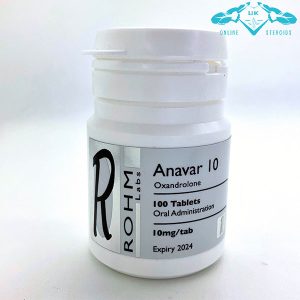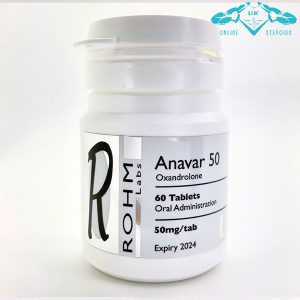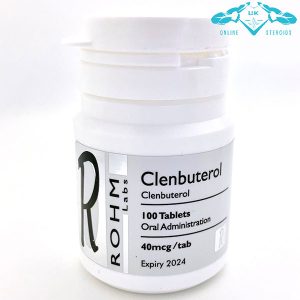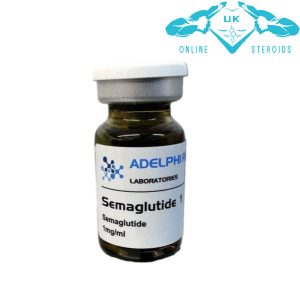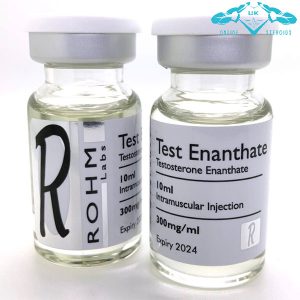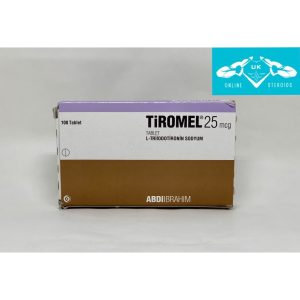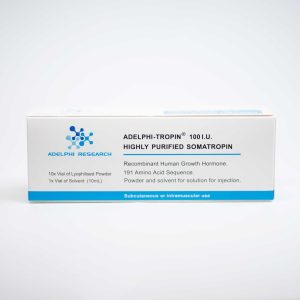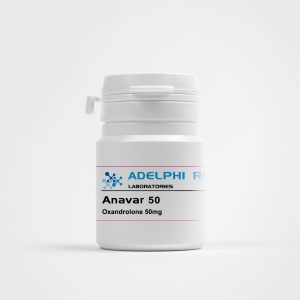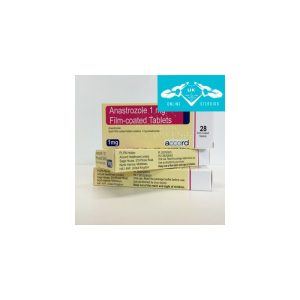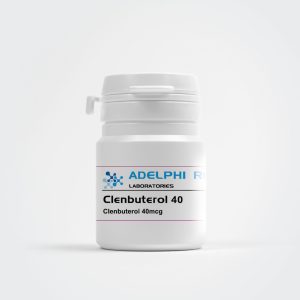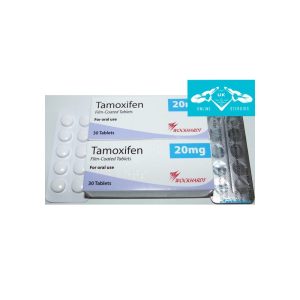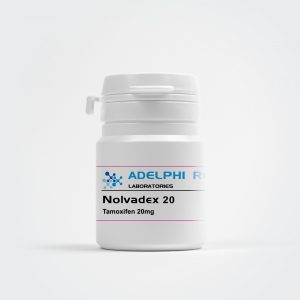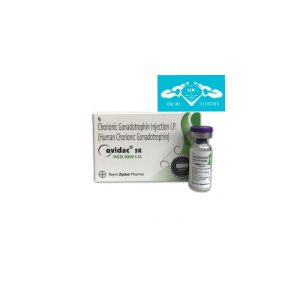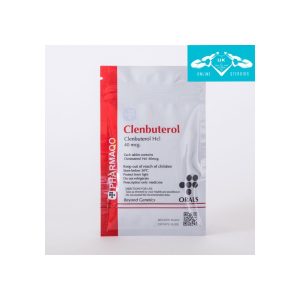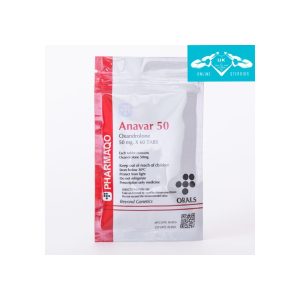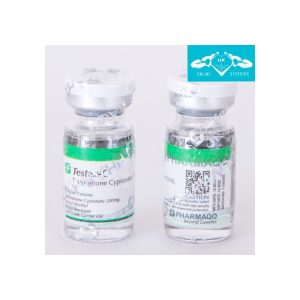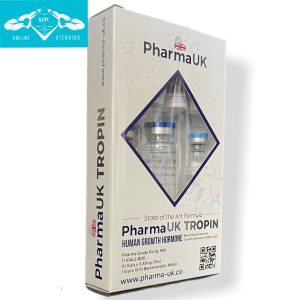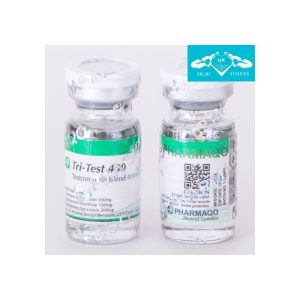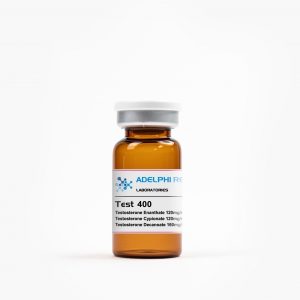-
ABDI IBRAHIM TIROMEL T3 25mg
Rated 5.00 out of 507£12.00 -
ADELPHI-TROPIN 100 I.U. (SOMATROPIN
Rated 5.00 out of 507£150.00 -
Anavar 50MG By Adelphi Research
Rated 5.00 out of 504£63.00 -
ARIMIDEX 1MG (ANASTROZOLE) ONLINE-STEROIDSUK.COM
Rated 5.00 out of 503£35.00 -
Clenbuterol 40mcg by Adelphi Research
Rated 5.00 out of 502£36.00 -
NOLVADEX TAMOXIFEN 20MG ONLINE-STEROIDSUK.COM
Rated 5.00 out of 501£27.00 -
MODAFINIL 100MG 30 TABS
Rated 5.00 out of 504£35.00 -
Nolvadex 20 by Adelphi Research
Rated 5.00 out of 502£35.00 -
PHARMA HCG 5000IU ONLINE-STEROIDSUK.COM
Rated 4.50 out of 504£36.00 -
PHARMAQO LABS CLENBUTEROL 40MCG
Rated 5.00 out of 503£35.00 -
PHARMAQO LABS ANAVAR 50MG
Rated 5.00 out of 501£60.00 -
PHARMAQO TRI TEST 400MG/MI
Rated 5.00 out of 502£40.00 -
Test 400 by Adelphi Research
Rated 5.00 out of 503£39.00
Buy Steroids online UK on OSUK
Buying steroids in uk never been this easy .Our online-steroidsuk.com or OSUK provides very high-quality steroids for sale, where you can get the most widespread bodybuilding anabolic products, along with all injectable and tablet options.
We assure outstanding product reliability by constantly checking the production quality of our products and taking great pleasure and commitment to our offers and service. We constantly follow the field of anabolic steroids in the UK and carefully monitor information about the proper and safe inclusion of different steroids.
At Steroids UK, we provide you an easy and comfortable way to buy online steroids in the UK within few clicks and we deliver them to your doorstep anywhere in the UK.
You can buy a variety of anabolic steroids, human growth hormones, PCT, Pharma grade steroids, fat burners, and much more at online steroids uk AKA osuk steroids with trust and our assurance of quality. We sell steroids online all over the UK with a vast network of supply from trustable and quality assurance pharmaceuticals.
We deliver all over the UK on your doorstep with next-day delivery after placing your order online from anywhere in the UK at affordable prices. Besides the UK we also deliver in E.U.
If you’re not from UK or EU rest assured we will deliver any steroid you buy all over the world at your doorstep, if you place your order online we can deliver it within a week In the rest of the world. Click here to read more about delivery and payments.
We accept payment from a bank transfer, PayPal, any major cryptocurrency at your convenience. We offer a special discount of 20% on cryptocurrency payments. Click here to read more about delivery and payments.
Steroids for sale in the UK
We provide anabolic steroids and HGH at the lowest possible prices, with worldwide shipping. You may benefit from a wide selection of anabolic steroids tablets, injectable anabolic steroids, fat burners, and health-protection products.
As previously said, if you are new to anabolic steroid use, you should collect as much information about your preferred product as possible before buying any anabolic steroids. The prevalent of our clients are longstanding steroid users or competitive bodybuilders. We would strongly advise against using harsher anabolic steroids for the first time.
Why choose OSUK to buy steroids online UK
- Deliveries are made quickly all across the world, including to locations in the United Kingdom and the European Union.
- Simple and secure shopping online for authentic anabolic steroids
- Purchase HGH at a reduced price on Online steroids uk.
- Convenient Customer Service to give bodybuilders customised solutions
- OSUK sells anabolic steroids of the highest quality. Get a hassle-free shipment with next day delivery. Always get the greatest service and return for the best stuff.


